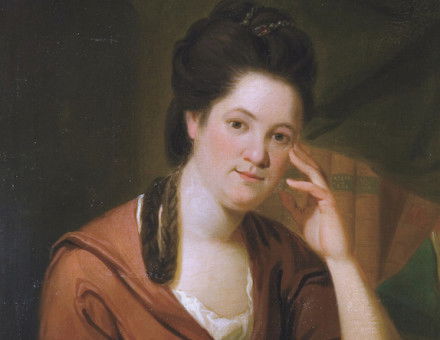The Urban Crucible
Social Change, Political Consciousness, and the Origins of the American Revolution by Gary B. Nash
Was the American Revolution primarily a rebellion against Britain? Or was it primarily a revolt arising from domestic issues? No one would deny that in an event so complex as the American rebellion there were elements of both motivations, but Gary Nash, in a monumental work, has emphasised the importance, at least with regard to the towns of Boston, New York and Philadelphia, of internal factors. Though he recognises, without examining the matter closely, the importance of opposition to specific British economic measures, he nevertheless seeks to show that a primary element in the rebellion was the lower classes in the three seaport towns and that they were inspired to action largely by resentment against the growth of ostentatious wealth among merchants at a time when, especially in Boston, their own economic condition was deteriorating. It might almost be said that Nash has propounded a new theory – the scapegoat theory – to explain the hostility of the lower classes in the larger towns to British policy.





